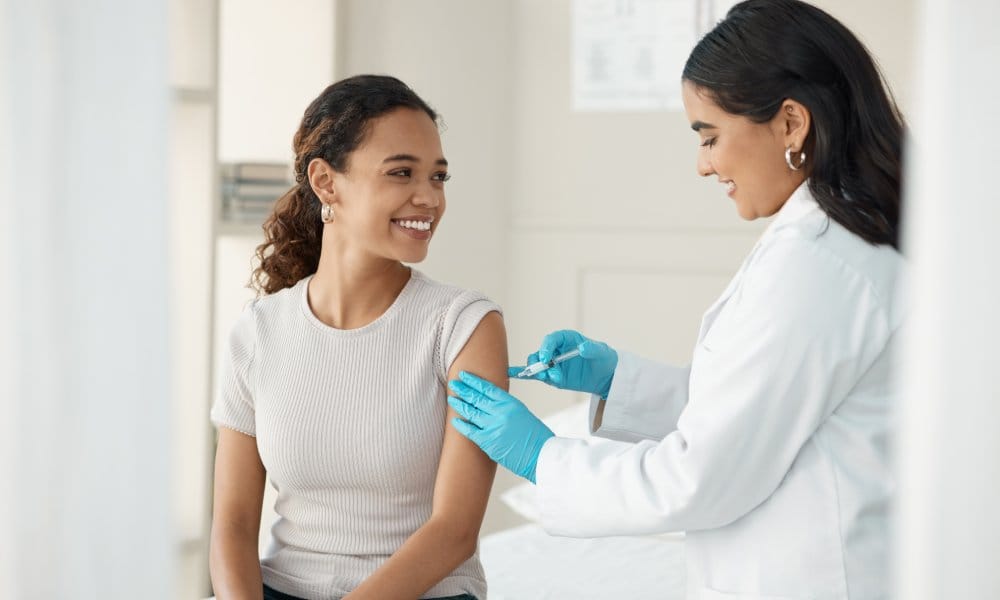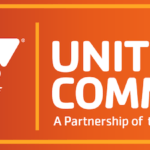Healthcare organizations need innovative ways to deliver medical services to underserved populations and respond to unexpected demands. Temporary healthcare pop-ups break down traditional barriers to care and bring essential health services directly to communities that need them most. They offer immediate solutions when permanent facilities face constraints or when specific populations require targeted interventions. Here’s how pop-up clinics are changing healthcare access.
Meeting Patients Where They Are
Pop-up clinics remove geographical barriers, bringing healthcare directly to communities by setting up in community centers, schools, and public transport hubs. This allows providers to serve rural, urban, and vulnerable populations who might otherwise struggle to access routine medical care. These clinics boost participation and improve health outcomes by bringing services closer to patients.
The dynamic, community-centered approach of pop-up clinics shifts healthcare from fixed locations to where people need it most. Medical professionals can deliver diagnostics, treatment, and preventive care directly to neighborhoods, eliminating long travel times for patients. They can also efficiently manage seasonal demands by making services such as flu shots and physicals more accessible during peak times.
Responding to Emergencies Quickly
Natural disasters and public health crises require fast, flexible medical solutions, and pop-up clinics are vital tools during emergencies. Organizations can deploy temporary setups quickly, offering critical care within hours or days. Emergency teams use them to triage patients, provide treatment, and coordinate evacuations, ensuring medical services are available. This rapid response saves lives and prevents healthcare systems from becoming overwhelmed.
Modular containers are great for temporary healthcare pop-ups because they come fully equipped with essential infrastructure, including climate control, electrical systems, and mounting points for medical equipment. These ready-made units let healthcare teams focus on patient care rather than setup, maximizing efficiency during high-stakes emergencies. Their portability and functionality make them invaluable resources for crisis response.
Expanding Preventive Care Reach
Preventive medicine reduces long-term healthcare costs and improves population health, yet many communities lack consistent access to screening services and wellness programs. Pop-ups deliver preventive care services to areas with limited medical infrastructure. Healthcare organizations can conduct health fairs, cancer screenings, diabetes assessments, and cardiovascular evaluations in these temporary facilities.
These targeted initiatives identify health issues before they become severe, reducing emergency department visits and hospitalizations. Preventive care through pop-up clinics creates healthier communities while controlling healthcare expenditures.
Transforming Healthcare Delivery Models
Pop-up clinics are changing healthcare access by delivering care efficiently and equitably without relying on expensive permanent infrastructure. Their success has inspired organizations to adopt hybrid models that combine traditional facilities with mobile units. This approach improves resource use while ensuring access to quality care for all communities, regardless of location or circumstances.








